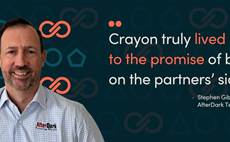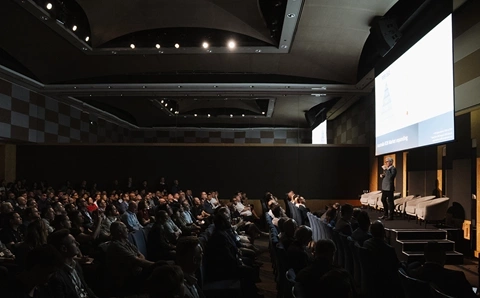The Digital Transformation Agency (DTA) has released the Australian Government’s AI technical standard (the Standard), a new resource to support government agencies in delivering services through their use of AI across the public sector.
It sets out technical requirements for AI systems across their full lifecycle, from initial design through to monitoring and potential decommissioning.
The standard applies to a range of delivery models, including in-house systems, vendor solutions, pre-trained AI model solutions and managed services.
The standard provides requirements and recommendations following three key phases of the AI system life cycle: Discover, Operate and Retire.
Under Discover, AI systems are conceptualised, designed, and prepared for deployment, including defining the system's purpose, objectives, and scope, comprising of ethical risks, biases, fairness, government policies, human oversight and accountability structures.
It also includes identifying the data make-up for building and using the system and ensuring quality, privacy, and security measures are implemented; applying governance practices to maintain compliance and manage AI bias; the creation, adaption and selection of algorithms and models for the AI, as well as their calibration, training, and context; evaluating the accuracy, reliability, and robustness of the AI; and conducting adversarial testing to identify risks and ensure compliance with guidelines.
The Operate phase implements the AI system while establishing processes for ongoing oversight and performance tracking.
The standard’s approach suggests embedding the AI into the enterprise ecosystem and ensuring compatibility with platform, based on user needs with safeguards against unintended outcomes.
It also includes securely launching the AI system and preventing unauthorised access; providing documentation and ensuring compliance with regulations; tracking performance continuously during operation; and detecting biases, data drift, and unforeseen issues.
The final phase, Retire, occurs when an AI system is no longer needed, it ensures responsible retirement.
This will involve phasing out the system in a controlled manner, complying with data retention policies, as well as assessing risks and provide transition plans if necessary.
DTA'S GM of digital Strategy, policy and performance, Lucy Poole, said the agency believes the comprehensive lifecycle approach it has taken complements the broader suite of AI resources available to the Australian Public Service (APS).
“Our technical standard was developed with extensive research of international and domestic practices – and comprehensive consultation with the APS," she said.
“The AI technical standard isn’t about adding more processes to its users. It’s designed to integrate with what agencies already do. It allows agencies to embed responsible AI practices into existing governance, risk and delivery frameworks.
“At every stage of the AI lifecycle, the Standard helps agencies keep people at the forefront, whether that’s through human oversight, transparent decision-making or inclusive design."
Agencies are encouraged to begin applying the AI technical standard to guide their development and use of current and future AI systems.
The DTA will continue to work with agencies to embed the standard into existing risk, delivery, and assurance processes.






_(11).jpg&h=142&w=230&c=1&s=1)





.jpg&w=100&c=1&s=0)
_(8).jpg&w=100&c=1&s=0)









